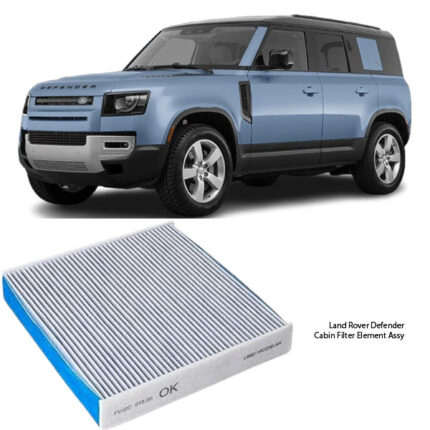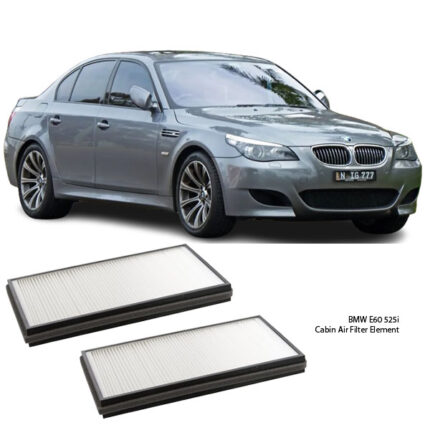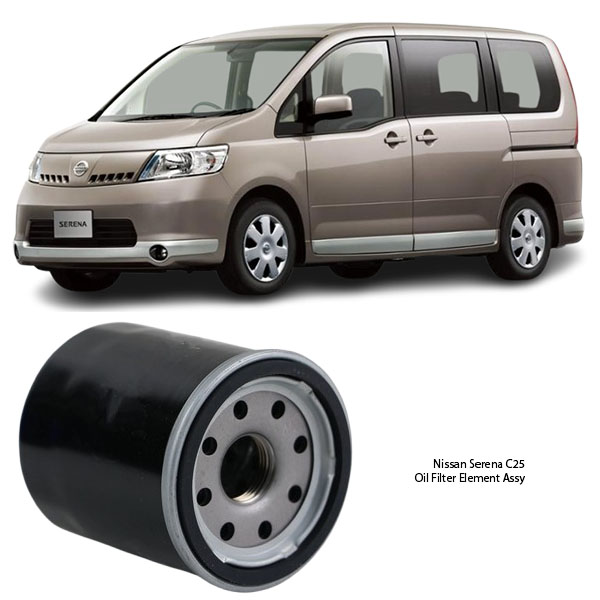-20%
Get Nissan Serena C25 Oil Filter Element Assy 15208-65F00 in Kenya
The Oil Filter Element Assembly is a critical component in a vehicle’s lubrication system, responsible for filtering contaminants, dirt, metal particles, and sludge from engine oil before it circulates through the engine. Clean oil is essential for lubricating moving parts, reducing friction, and preventing premature wear and engine damage.
In this comprehensive guide, we will cover:
- What is an Oil Filter Element Assembly?
- Types of Oil Filter Elements
- Functions of an Oil Filter Assembly
- Benefits of a Clean Oil Filter
- Common Symptoms of a Dirty or Failing Oil Filter
- Causes of Oil Contamination
- Inspection and Maintenance Tips
- How to Replace an Oil Filter Element
- Choosing the Right Oil Filter for Your Vehicle
What is an Oil Filter Element Assembly?
The Oil Filter Element Assembly consists of a filter element housed within an oil filter casing. Its primary function is to trap contaminants and debris that accumulate in the engine oil, ensuring only clean, lubricated oil reaches critical engine components.
Main Components of an Oil Filter Element Assembly:
✔ Filter Media (Paper, Synthetic, or Microfiber) – Traps contaminants and fine particles.
✔ Bypass Valve – Opens if the filter is clogged to allow oil flow.
✔ Anti-Drain Back Valve – Prevents oil from draining out when the engine is off.
✔ End Caps & Seals – Ensures a tight fit to prevent oil leaks.
✔ Metal Casing (For Cartridge Filters) – Protects the filter element from damage.
Types of Oil Filter Elements
1. Full-Flow Oil Filters
🔹 Most common type, found in passenger vehicles.
🔹 Filters all engine oil before circulation.
🔹 Designed for optimal filtration and oil flow balance.
2. Bypass Oil Filters
🔹 Used in heavy-duty and performance vehicles.
🔹 Filters a small percentage of oil at a time for ultra-fine filtration.
🔹 Extends oil change intervals and engine longevity.
3. Cartridge Oil Filters
🔹 Comes as a replaceable filter element without a metal casing.
🔹 Found in modern vehicles with eco-friendly designs.
🔹 Requires installation in a separate filter housing.
4. Spin-On Oil Filters
🔹 Includes both the filter element and metal casing.
🔹 Common in older vehicles.
🔹 Easier to replace, but not as environmentally friendly.
5. Magnetic Oil Filters
🔹 Uses magnets to attract and remove metallic debris from oil.
🔹 Typically used in high-performance and racing engines.
Functions of an Oil Filter Assembly
✔ Removes Contaminants from Engine Oil
- Traps dirt, metal shavings, and carbon deposits before they reach the engine.
✔ Prevents Engine Wear & Tear
- Ensures clean oil lubricates engine components, reducing friction and heat buildup.
✔ Extends Engine Oil Life
- Helps oil maintain its viscosity and effectiveness over time.
✔ Maintains Optimal Oil Pressure
- Prevents clogging that could lead to low oil pressure issues.
✔ Prevents Sludge Formation
- Reduces oxidation and oil breakdown, preventing sludge deposits in the engine.
Benefits of a Clean Oil Filter
✔ Improved Engine Performance – Allows proper oil circulation for smooth engine operation.
✔ Enhanced Fuel Efficiency – Reduces internal friction, improving mileage and fuel consumption.
✔ Longer Engine Life – Protects engine components from premature wear and failure.
✔ Reduced Emissions – Ensures efficient combustion, lowering carbon buildup and emissions.
✔ Minimizes Risk of Costly Repairs – Prevents oil starvation and internal engine damage.
Common Symptoms of a Dirty or Failing Oil Filter
🚨 Low Oil Pressure Warning Light
- A clogged filter restricts oil flow, causing the oil pressure to drop.
🚨 Engine Knocking or Ticking Noises
- Lack of lubrication can cause metal parts to rub against each other, producing noise.
🚨 Poor Engine Performance
- Sluggish acceleration and rough idling due to oil starvation.
🚨 Excessive Exhaust Smoke
- A failing oil filter can cause oil contamination, leading to burning oil in the exhaust.
🚨 Dirty or Dark Oil on the Dipstick
- If the oil is excessively dirty even after a recent oil change, the filter may be clogged.
🚨 Increased Fuel Consumption
- Poor lubrication makes the engine work harder, leading to higher fuel usage.
Causes of Oil Contamination
🔧 Regular Engine Wear – Metal particles and carbon deposits accumulate over time.
🔧 Poor Quality Oil – Cheap or low-grade oil can break down quickly and form sludge.
🔧 Extended Oil Change Intervals – Not replacing the oil on time leads to filter clogging.
🔧 Oil Leaks or Blow-By – Excess contaminants from the crankcase mix with the oil.
🔧 Driving in Extreme Conditions – Dusty environments, stop-and-go traffic, or extreme heat increase contamination.
Inspection and Maintenance Tips
✔ Check Oil and Filter Every 5,000-10,000 km – Follow manufacturer guidelines for replacement intervals.
✔ Inspect for Oil Leaks – A leaking filter can cause engine damage if not fixed.
✔ Monitor Oil Pressure – Low pressure may indicate a clogged filter.
✔ Use High-Quality Oil and Filters – Always use OEM or high-quality aftermarket filters.
✔ Replace the Filter at Every Oil Change – Ensures optimal lubrication and engine protection.
How to Replace an Oil Filter Element
🛠 Tools Required:
✔ Oil Filter Wrench
✔ Drain Pan
✔ New Oil Filter
✔ Fresh Engine Oil
🛠 Step-by-Step Replacement:
1️⃣ Warm Up the Engine
- Run the engine for a few minutes to thin the oil, making draining easier.
2️⃣ Locate the Oil Filter
- Usually near the engine block, accessible from the top or bottom.
3️⃣ Drain the Old Oil
- Remove the oil drain plug and allow oil to fully drain into a pan.
4️⃣ Remove the Old Filter
- Use an oil filter wrench to unscrew the old filter.
5️⃣ Lubricate the New Filter Seal
- Apply a small amount of fresh oil to the rubber gasket for a proper seal.
6️⃣ Install the New Filter
- Screw in the new filter hand-tight and secure it with the wrench.
7️⃣ Refill Engine Oil
- Pour the correct amount of new oil and check the dipstick level.
8️⃣ Start the Engine & Check for Leaks
- Let the engine run for a few minutes and inspect for oil leaks.
Choosing the Right Oil Filter for Your Vehicle
✔ OEM vs. Aftermarket:
- OEM filters are designed for perfect fit and performance.
- Aftermarket filters vary in quality; choose a trusted brand.
✔ Filter Efficiency Rating:
- Look for higher filtration efficiency (e.g., 99% particle capture at 20 microns).
✔ Compatibility with Engine Oil:
- Ensure the filter is designed for synthetic, conventional, or high-mileage oil.
✔ Brand Reputation & Warranty:
- Stick to top-rated brands like Bosch, Mobil 1, K&N, Fram, or Mann-Filter.
Final Thoughts
The Oil Filter Element Assembly is essential for engine longevity, efficiency, and protection. Regular inspection and timely replacement ensure smooth operation, reduced wear, and lower maintenance costs. Investing in a high-quality oil filter is a simple yet powerful way to keep your engine running at peak performance! 🚗🔧
Follow us on Facebook for more parts.




Reviews
Clear filtersThere are no reviews yet.